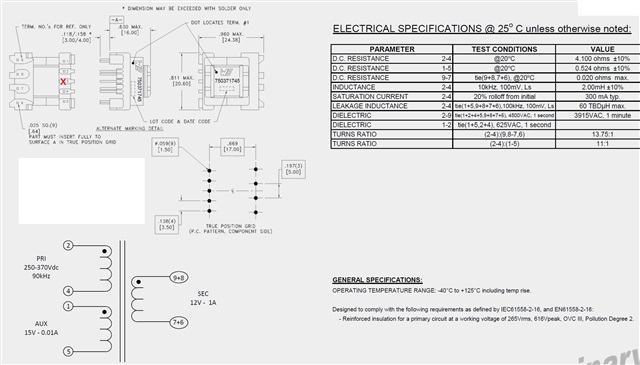Other Parts Discussed in Thread: UCC28750, UCC28700, UCC28710, PMP30026
hello actually we use a secondary isolated flyback solution and we are looking renew our old design :
target : 10 to 12W output power, 230VAC 50Hz , 12 years production starting from 2025, good efficiency, isolated output power, low cost, compact form factor
our first selection went to UCC28911
questions :
1 - is the production is guaranteed for the next 12 years for the UCC28911?
2 - can we boost it's actual 8W output capabilities to 10 or 12W by raising the output voltage to 10 or 12VDC 1,5A???( the output voltage of the PSU go to power 2 DC/DC with 12V input capabilities) ?
3 - Is that the perfect match ?
4 - compared to other solutions (secondary side) the efficiency is higher (>80% )compared to the UCC28911 (78%) is there a reason for that ?
looking forward for your feedback
Best regards


